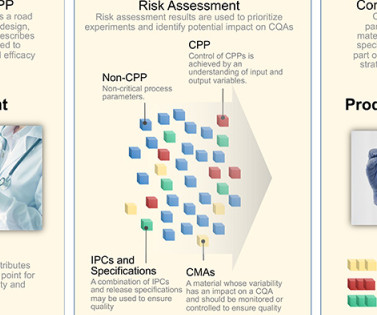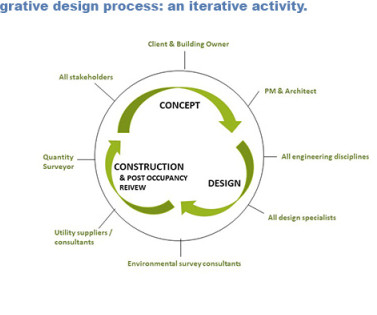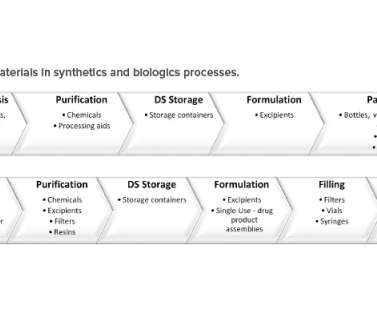Mastering Responses to FDA 510(k) AI Letters: A Strategic Approach
The FDA Law Blog
JULY 10, 2023
FDA communicates via a Substantive Interaction to inform the submitter either that FDA will proceed with Interactive Review or that the 510(k) will be placed on hold until FDA receives a complete response to an Additional Information request. By Day 15 FDA conducts Acceptance Review. By Day 60 FDA conducts Substantive Review.


















Let's personalize your content